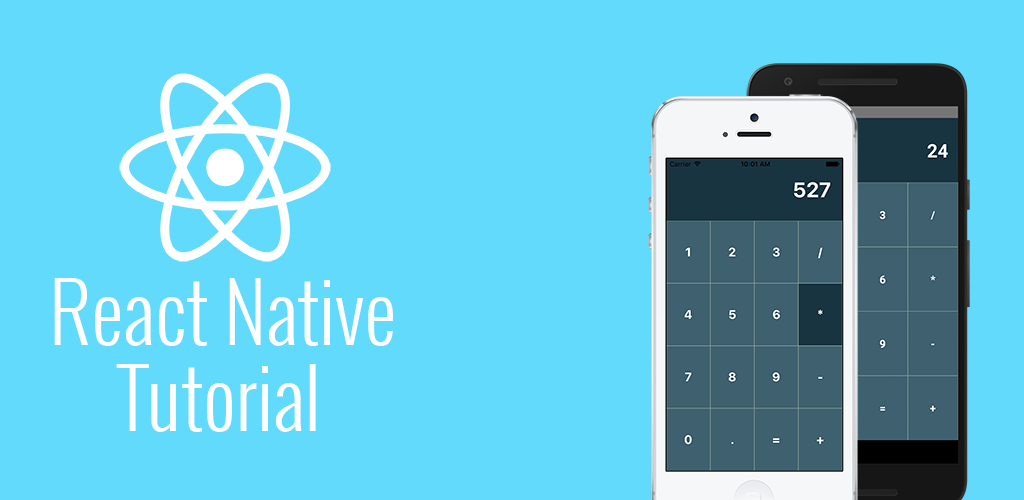

return type should be void in Java or Unit in Kotlin).

Setter should be public and not return a value (i.e. Properties that are to be reflected in JavaScript needs to be exposed as setter method annotated with (or Setter method should take view to be updated (of the current view type) as a first argument and property value as a second argument. Expose view property setters using (or annotation Name returned by getName is used to reference the native view type from JavaScript.ģ. ReactImageView is the type of object managed by the manager, this will be the custom native view. In this example we create view manager class ReactImageManager that extends SimpleViewManager of type ReactImageView. Register the manager in createViewManagers of the applications package.Expose view property setters using (or annotation.Implement the createViewInstance method.The ViewManagers are also typically the delegates for the views, sending events back to JavaScript via the bridge.
EXPO ANDROID STUDIO REACT NATIVE UPDATE
They send native views to the NativeViewHierarchyManager, which delegates back to them to set and update the properties of the views as necessary. These subclasses are essentially singletons - only one instance of each is created by the bridge. A SimpleViewManager is convenient in this case because it applies common properties such as background color, opacity, and Flexbox layout. Native views are created and manipulated by extending ViewManager or more commonly SimpleViewManager. ImageView example įor this example we are going to walk through the implementation requirements to allow the use of ImageViews in JavaScript.
EXPO ANDROID STUDIO REACT NATIVE HOW TO
This guide will show you how to build a native UI component, walking you through the implementation of a subset of the existing ImageView component available in the core React Native library. Like the native module guide, this too is a more advanced guide that assumes you are somewhat familiar with Android SDK programming. Fortunately, we can wrap up these existing components for seamless integration with your React Native application. React Native has several of the most critical platform components already wrapped, like ScrollView and TextInput, but not all of them, and certainly not ones you might have written yourself for a previous app. There are tons of native UI widgets out there ready to be used in the latest apps - some of them are part of the platform, others are available as third-party libraries, and still more might be in use in your very own portfolio.

The New Architecture uses Turbo Native Module and Fabric Native Components to achieve similar results. They will be deprecated in the future when the New Architecture will be stable. Native Module and Native Components are our stable technologies used by the legacy architecture.


 0 kommentar(er)
0 kommentar(er)
